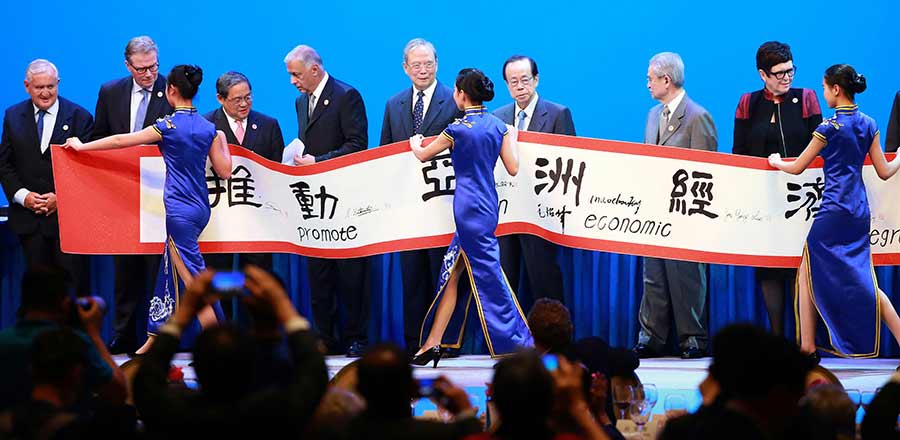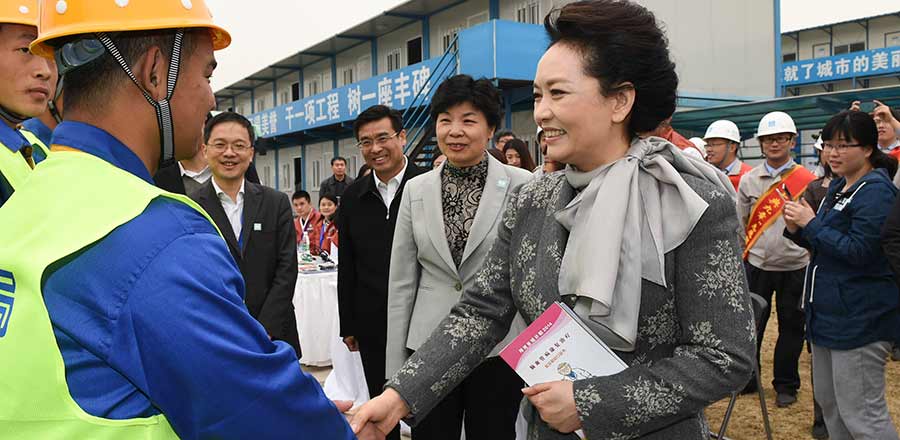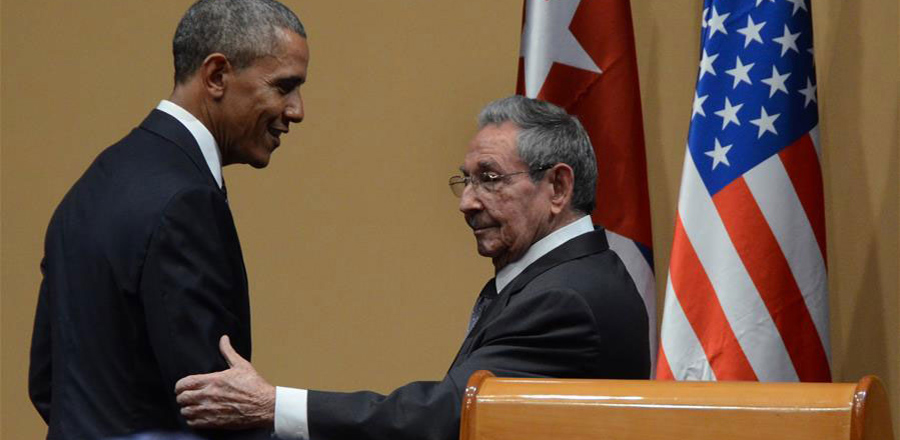
Individualizing
For the last three decades, Luojiaji has operated under a fixed model like any other manufacturing hub in China: earning money by quantity and churning out tens of thousands of same T-shirts.
Zhang Donghong, vice manager of Huajun garment company, said a single order could reach 500,000 shirts, and the smallest was 50,000 pieces.
"We wouldn't do anything fewer than that, because we counted on the large quantity to make profit," he said. The company made 50 cents from each shirt.
The pattern had been forced to change. "Customers have become more discerning, and nobody likes to meet her twin," said Zhang. Now executives like Zhang are worried big orders will hurt employee skill levels.
The E-shopping age also means more individualized demands. Earlier this year, a Welsh customer ordered 100 men's shirts, worth $819. "By reaching to end customers, we earn 50 percent more than wholesaling," said Zhang.
The shirts were sent to the customer through DHL delivery. Huajun company has hired 50 workers to handle such orders from online commerce platforms of Alibaba, Ebay and Amazon.
Many companies have tapped into domestic buyers, a traditionally blind spot. Thirty-five percent of the sales of Huaxing garment company, one of the biggest in Luojiaji, were made by domestic buyers last year.
Cutting cost
Li Chunming, owner of the Jiangxi Global Textile and Garment Company, has just lost a big client. "A partner whose annual sales were 300 million yuan jumped camp to southwestern Asian countries," Li said.
"Factories in Vietnam and Bangladesh have snatched away orders at prices 20 percent lower than ours," said Li.
For the past years, orders have kept growing by 10-15 percent every year in Luojiaji. Before 2015, companies had to fight for workers to meet growing orders. But last year, the orders did not grow at all, company executives told Xinhua.
"I have been advised to open a factory in a southwestern Asian country," Li said.
For Luojiaji factories, cost-cutting is inevitable. The Huaxing company bought an automated hanging system, which replaced 15 percent of the workers. Laser cutting equipment helped save 20 percent of the fabric than manual cutting.








